The “Writing and Illustrating Picture Books” roundtable, moderated by Cheryl Willis Hudson of Just Us Books, provided a fun and insightful look into the creative process behind picture books. Joanna Cardenas from Viking / Penguin Random House detailed the publishing process for writers and illustrators, revealing that oftentimes the two parties do not have direct communication but collaborate through the book’s editor. This helps preserve the creative license of the illustrator without the writer controlling the process. Thus, a picture book reflects the work of two distinct artists, the writer and illustrator, and exhibits their interpretation of the same story through different mediums of storytelling. Zetta Elliott, author of Bird, had experiences of publishing books through publishing houses as well as self-publishing. She spoke on the benefits of self-publishing for authors of color who write books about diverse characters that may not necessary appeal to editors at established publishing houses. She also suggested that the art in picture books should appeal to a child’s imagination first and foremost and that the illustrations do not necessarily need to be ‘fine art’ that could hang in museums. Simple illustrations can speak to children as well.
Yet the roundtable also included accomplished illustrators Sean Qualls and Eric Velasquez, who both trained in visual arts in college and whose detailed, colorful, and distinctive illustrations are works that could hang in museums. Their captivating illustrations enrich the books and provide a way for children to have early exposure to ‘fine art.’ During the discussion, attendees had the opportunity to flip through various picture books that the speakers brought with them to get a feel for the diversity of art and stories presented through the medium. Qualls and Velasquez talked about their creative process, explaining how they draw inspiration from other artists such as Tom Feelings as well as live models. They showed us their preliminary sketches, which were fairly detailed drawings of what a page would look like without any text, and they emphasized how the pictures do not merely support the text, but are an equally essential part of the storytelling. Additionally, they supported Cardenas’ observation that it is best for illustrators if the writer is not directly involved with them, but they also mentioned that it is important for the writer to have a clear notion of what he or she would like to have depicted as a starting guideline for the illustrator.
Picture books, though sometimes the work of a single individual, are usually unique collaborations between two artists: the author and illustrator. The book’s editor becomes the link between the two parties and often acts as the book’s creative director. The final product then reflects the combined efforts of three parties, the author, illustrator, and editor.
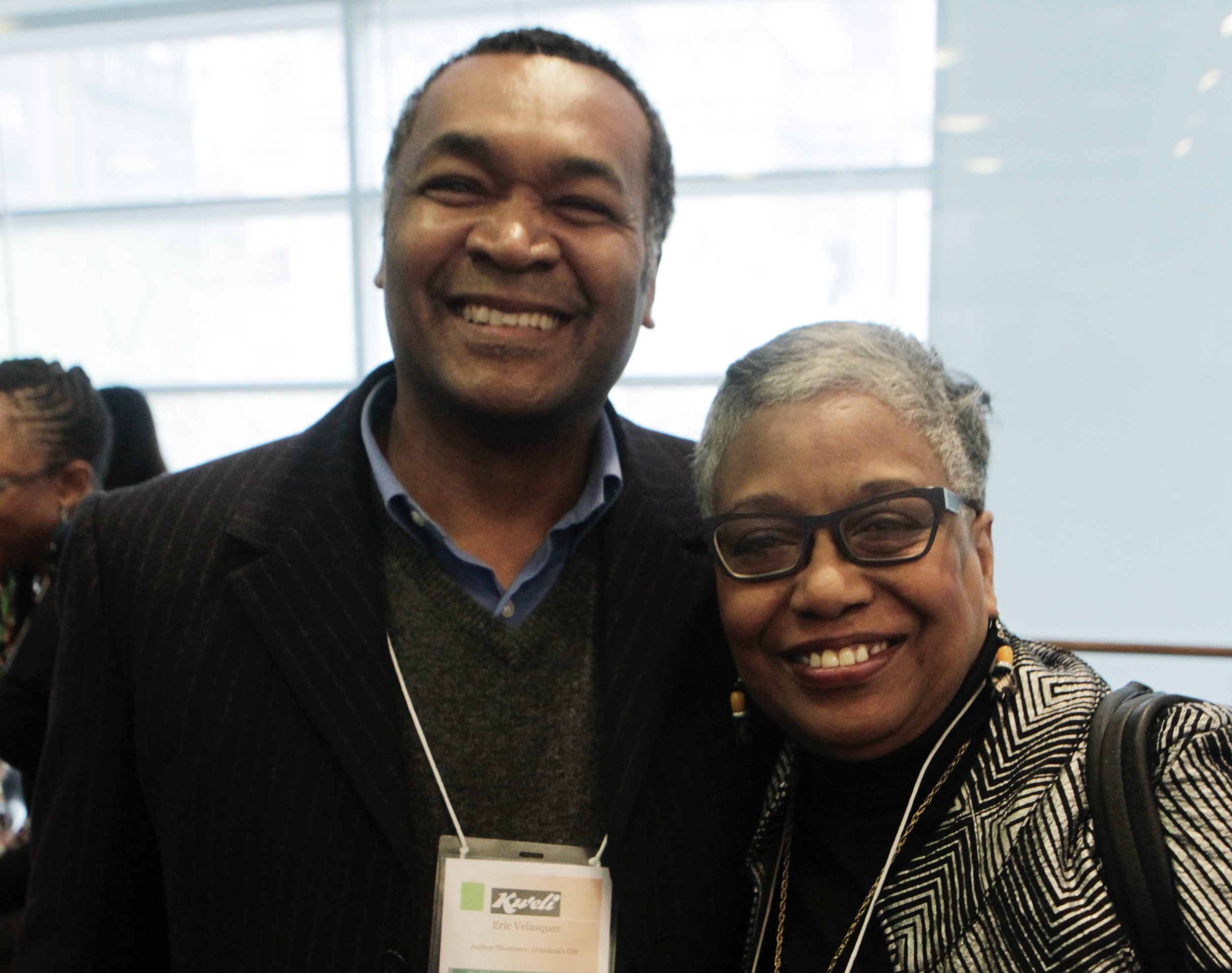
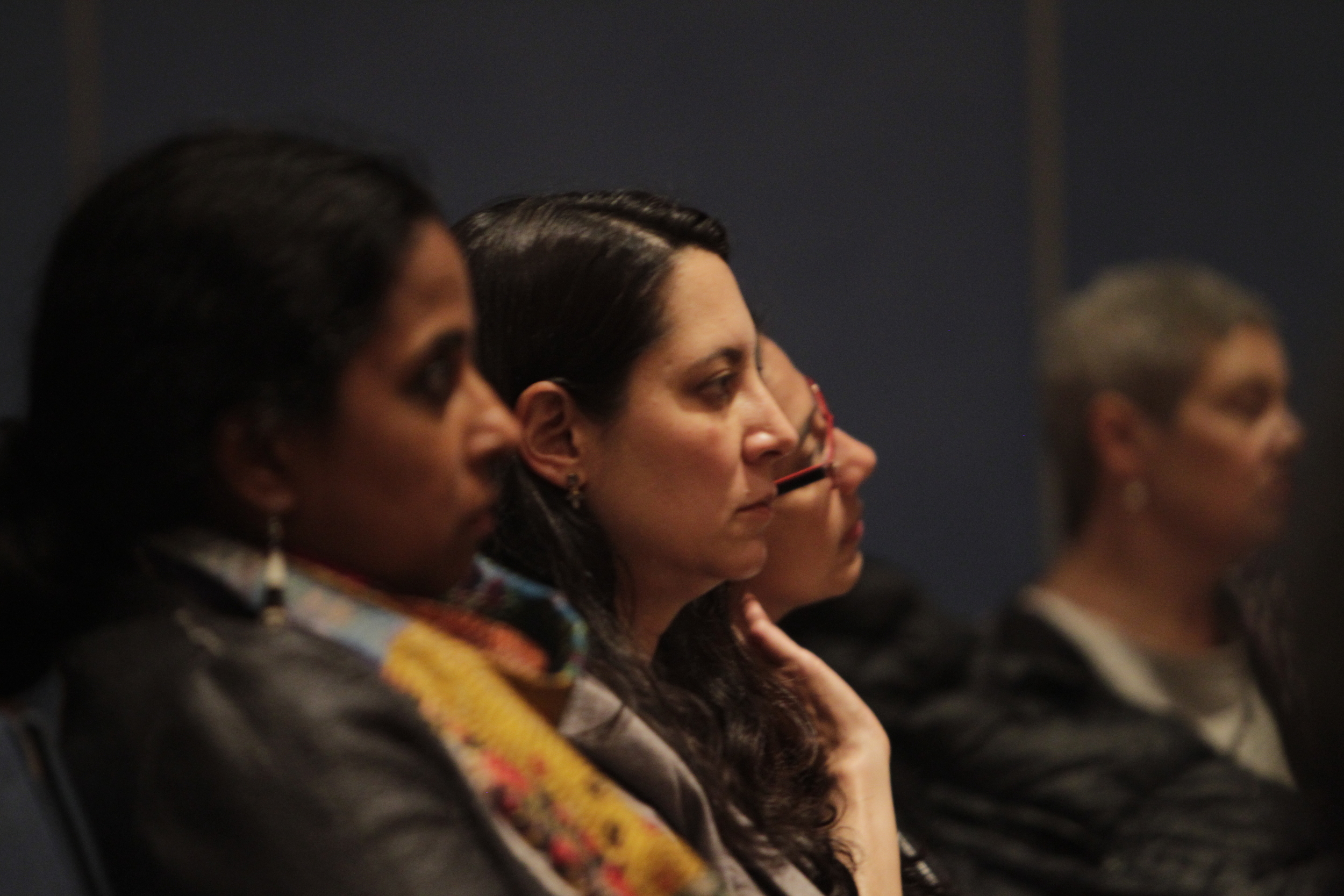
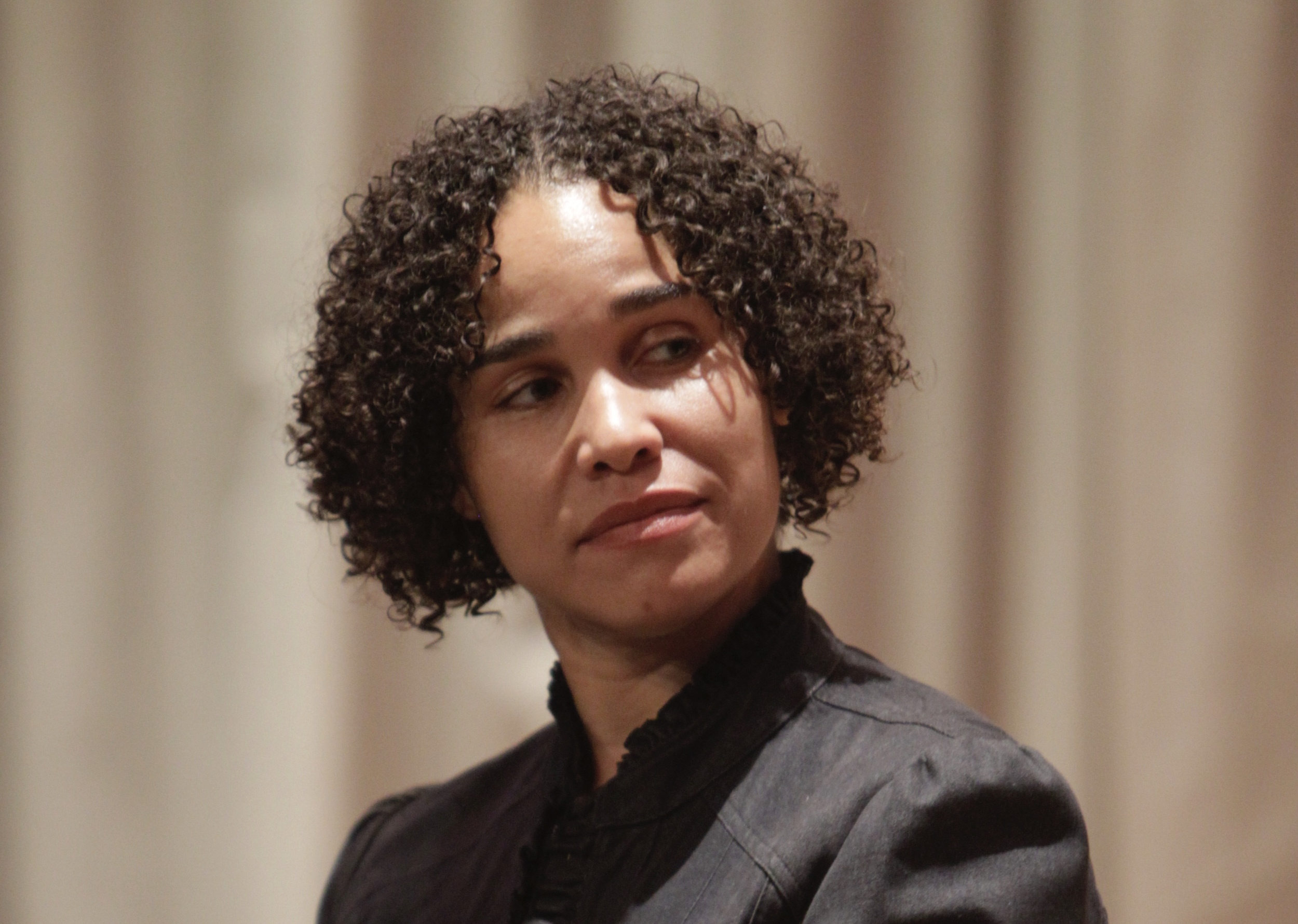
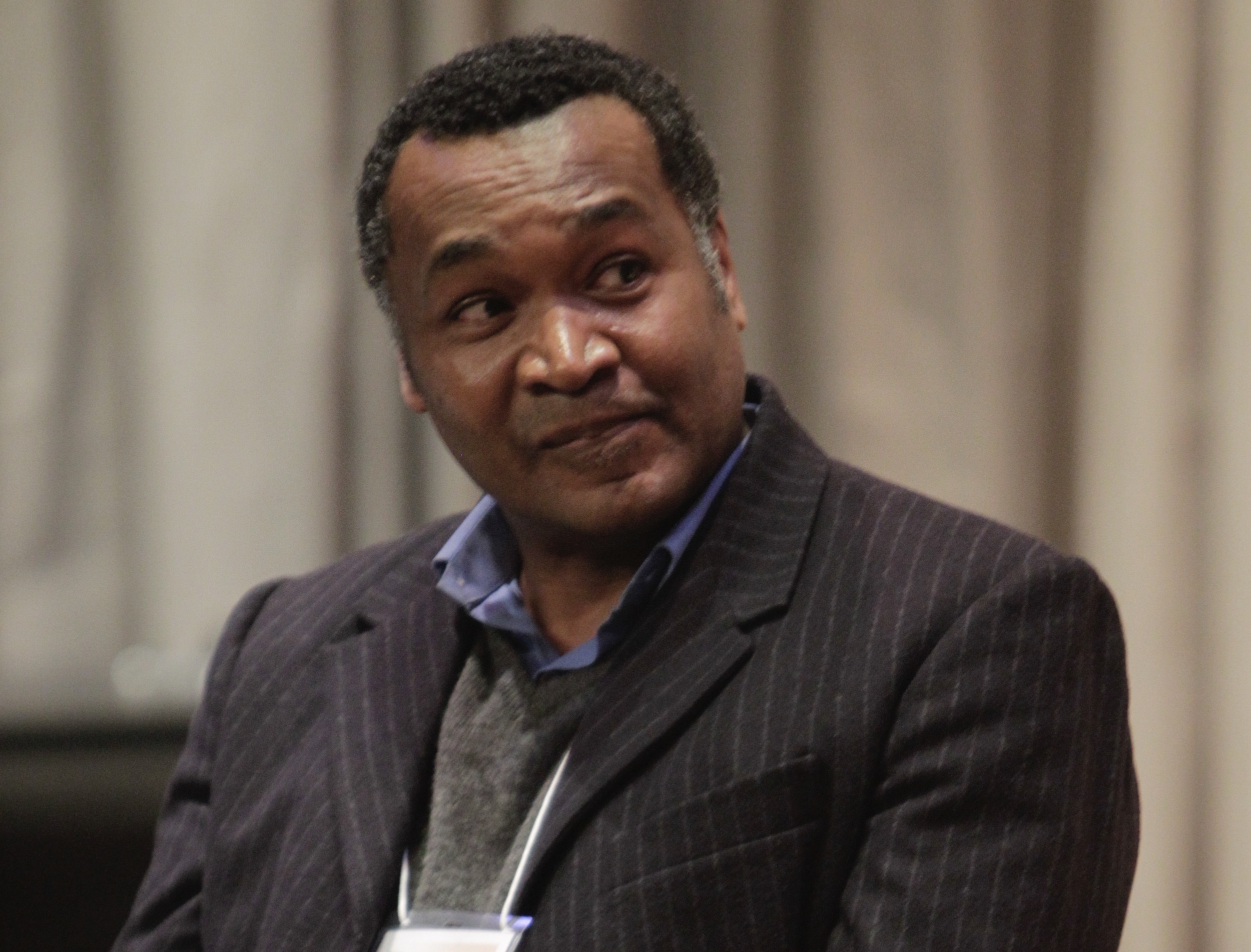
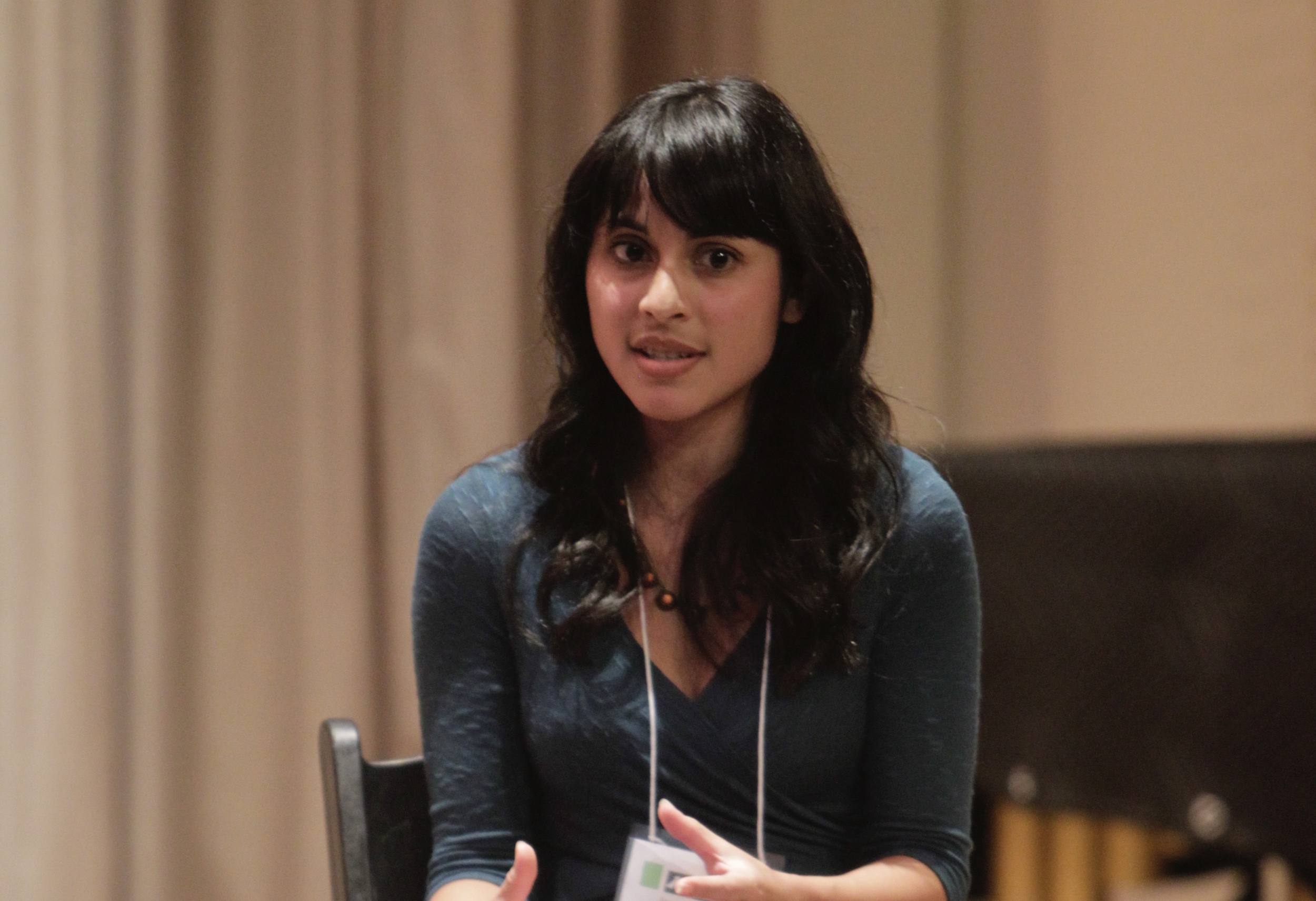
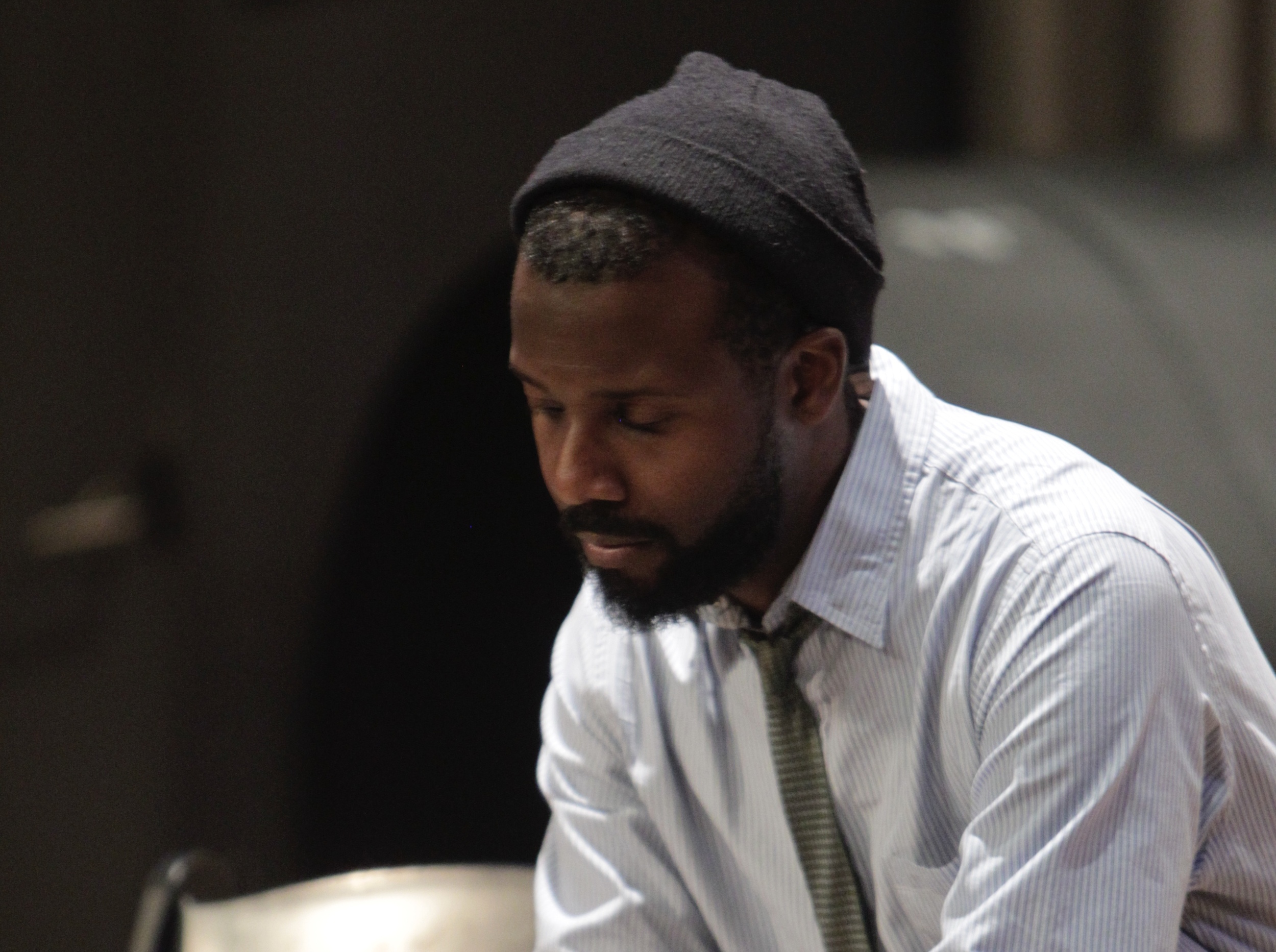
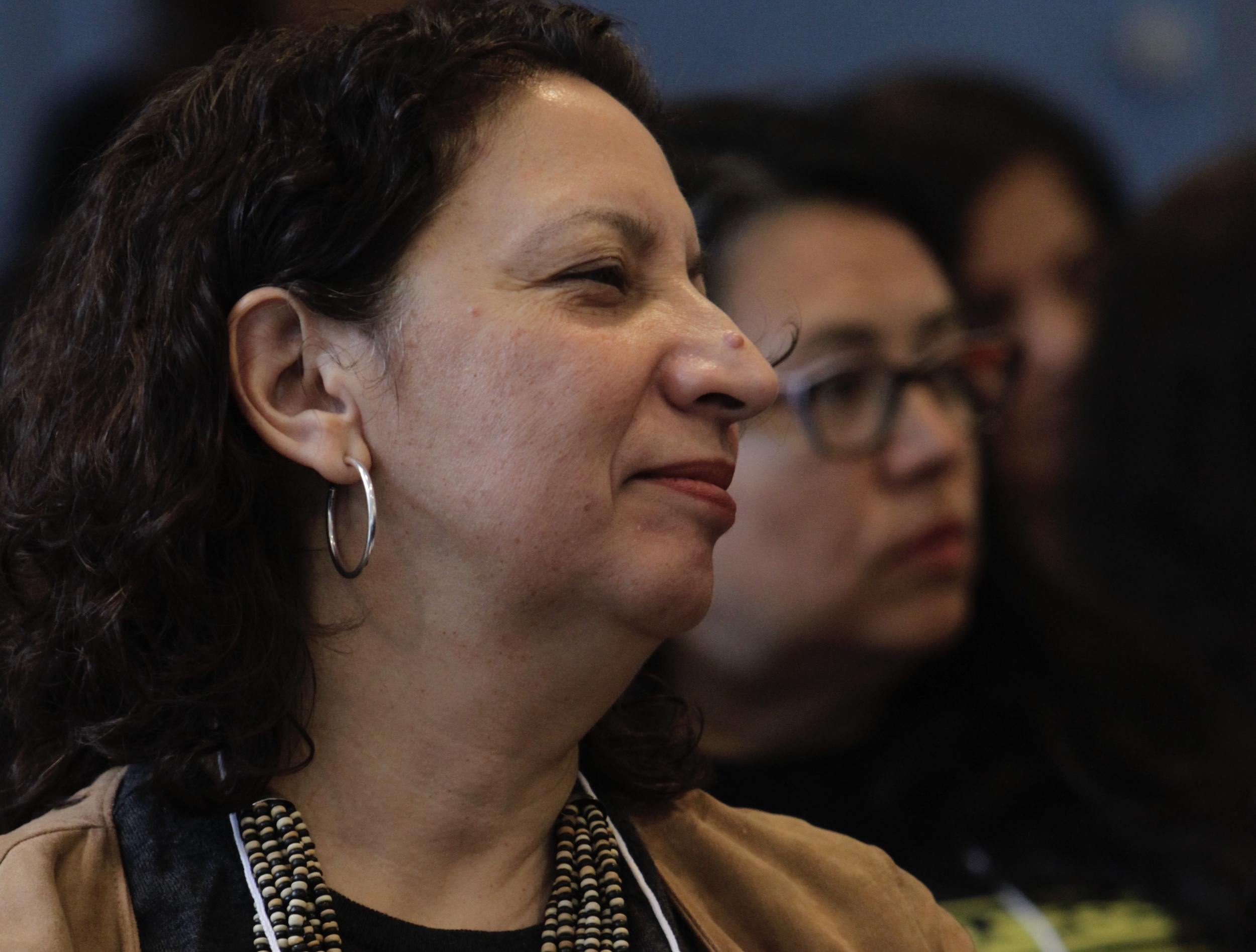
Contributor Notes
Emily Lau is of Chinese and Korean descent and has been an avid reader since childhood. Her love for literature has only grown, and she is currently a student at Columbia University majoring in English Literature and concentrating in Sustainable Development. She serves as editor-in-chief of The Columbia Crown & Cross, a literary and academic journal of Christian thought. As a passionate writer and reader, she strongly supports Kweli’s efforts to see more diversity in literature.





